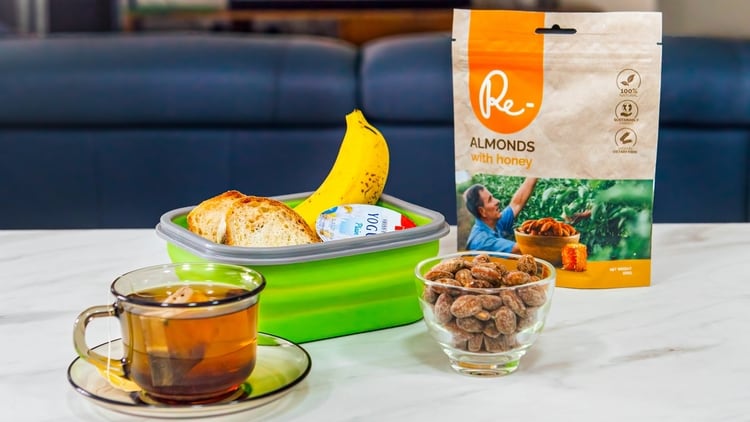Al Honey, believed to be the pioneering supplier in Singapore for the milky white honey originating from the mountainous region of Central Asia, is backed by ready support from at least two Saudi investors, said its founder Normala Abdul Majid.
“I don’t mind working with partners in Malaysia, Brunei and Indonesia, depending on their proposals. The market and buying power are big, especially in Malaysia and Brunei. I’d want to try and take it as a challenge. It’s (white honey) something very rare and different, and I’m confident we can sell it,” said Normala.
Established on 1 June 2021, Al Honey is a brand under the Singapore-registered company Talico owned by Normala’s daughter, Nur Aisyah Samsul Ariffin.
The brand has four premium honey SKUs – the ‘habbatussauda’ (black seed) honey from Egypt; the Hadhramaut ‘sidr’ from Yemen; the seasonal, higher grade royal ‘sidr’ available only during the winter months; and the unique monofloral white mountain honey of Kyrgyzstan.
The ‘habbatussauda’ honey retails at SGD$45 (USD$32.40) per 500g, whereas the other three cost SGD$55 (USD$39.70) for the same weight via Instagram and WhatsApp. All its honey comes with a certificate of origin and claims to be natural and organic.
Uniquely white

Unlike the conventional golden colour usually attributed to honey, Kyrgyzstan’s frothy honey has a pearl white hue with a thicker and creamier texture.
The bees source nectar from the sainfoin flower, or also known as esparcet, thereby producing a floral taste that comes with the white honey. These flowers are usually found in temperate regions, such as the mountains of Kyrgyzstan, and high altitudes of around 2,000m from sea level.
White honey contains more polyphenols, which have beneficial antioxidant properties, aid digestion, boost energy, and have antimicrobial and antiviral effects.
For instance, in a separate study unrelated to the brand, the white honey used by the researchers managed to alleviate redness, scales and itchiness resulting from seborrheic dermatitis.
The research team used a thick, multi-floral white honey mixed with royal jelly produced in the Tien Shan mountains of Kyrgyzstan. The subject applied the white honey as a face mask and covered it with cotton gauze daily for over one week.
With these benefits in mind, Al Honey encourages the younger demographic segment between 24 to early 40s to consume white honey.
“This generation has a preconceived notion that honey is not palatable. The older generation, say above 55, on the other hand, is still apprehensive about its colour,” added Normala.
She said the white honey bottles have been flying off the shelves since January 2022 at 200kg monthly. The brand has sold more than 800kg of white honey and targets to sell 2,400kg annually.
She aims to distribute the product in Malaysia, Brunei, Indonesia and as far as Australia, besides setting up a factory in neighbouring Malaysia.
“I can see the growth potential due to its benefits. Customers have sent feedback and made repeated purchases. Right now, I’m trying to push the consumers who want to try but are afraid of the taste. There are many factors to consider when attempting to expand. I want to keep the price affordable and retain those price points for now so customers can afford it. That is my vision for the white honey market,” she said.




